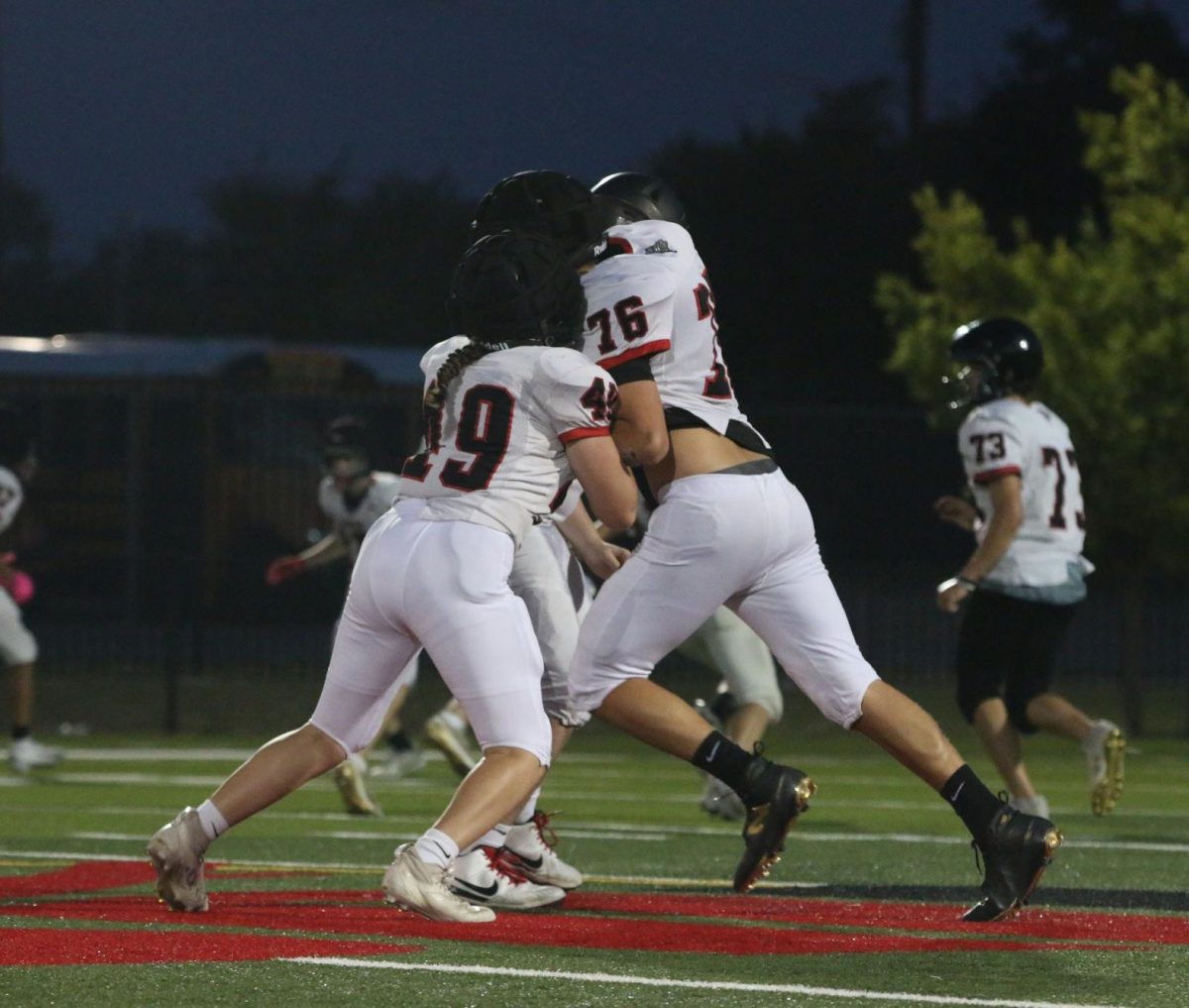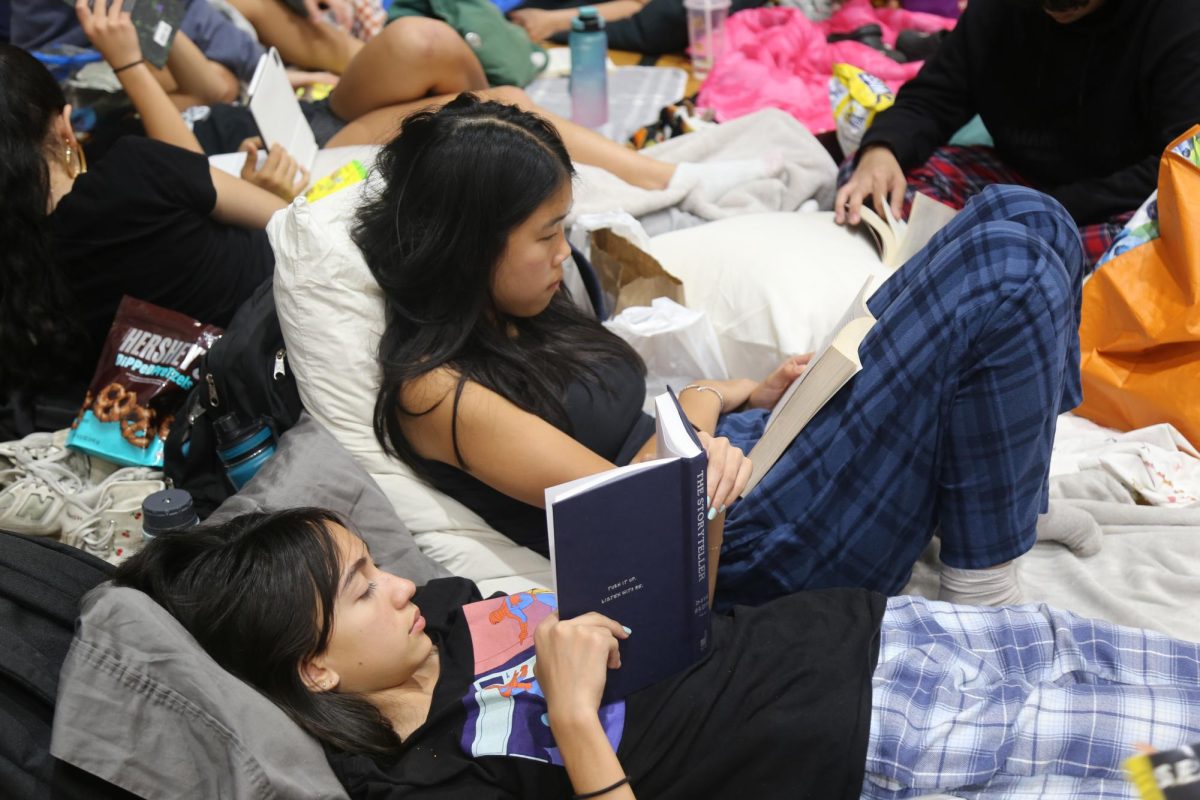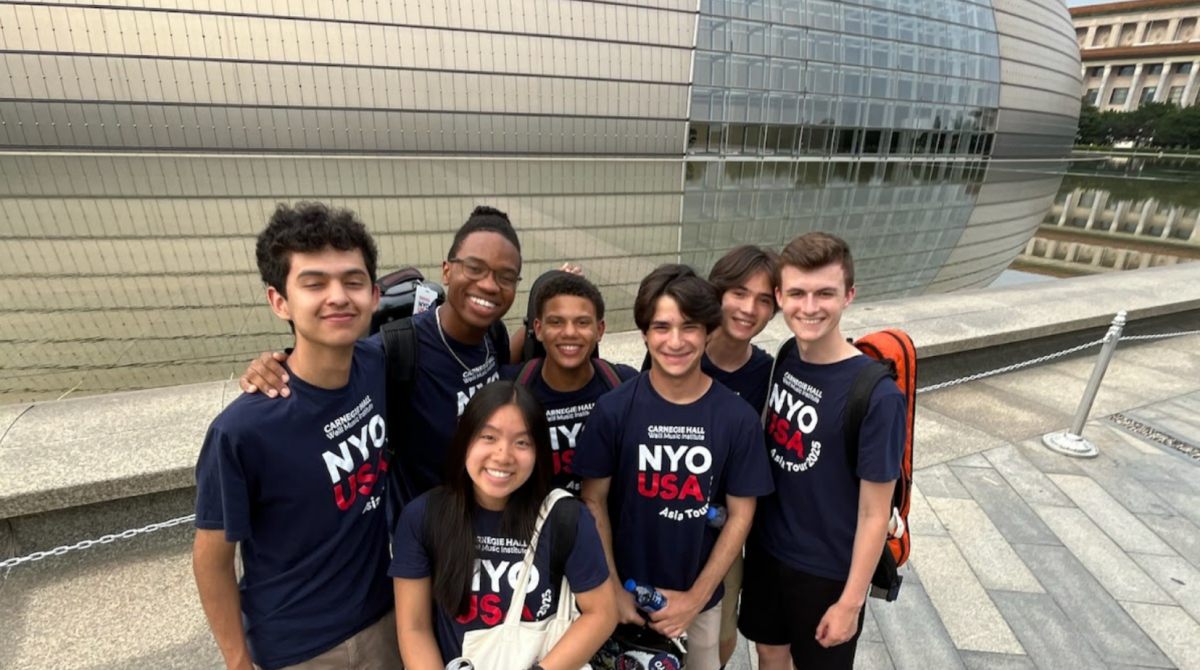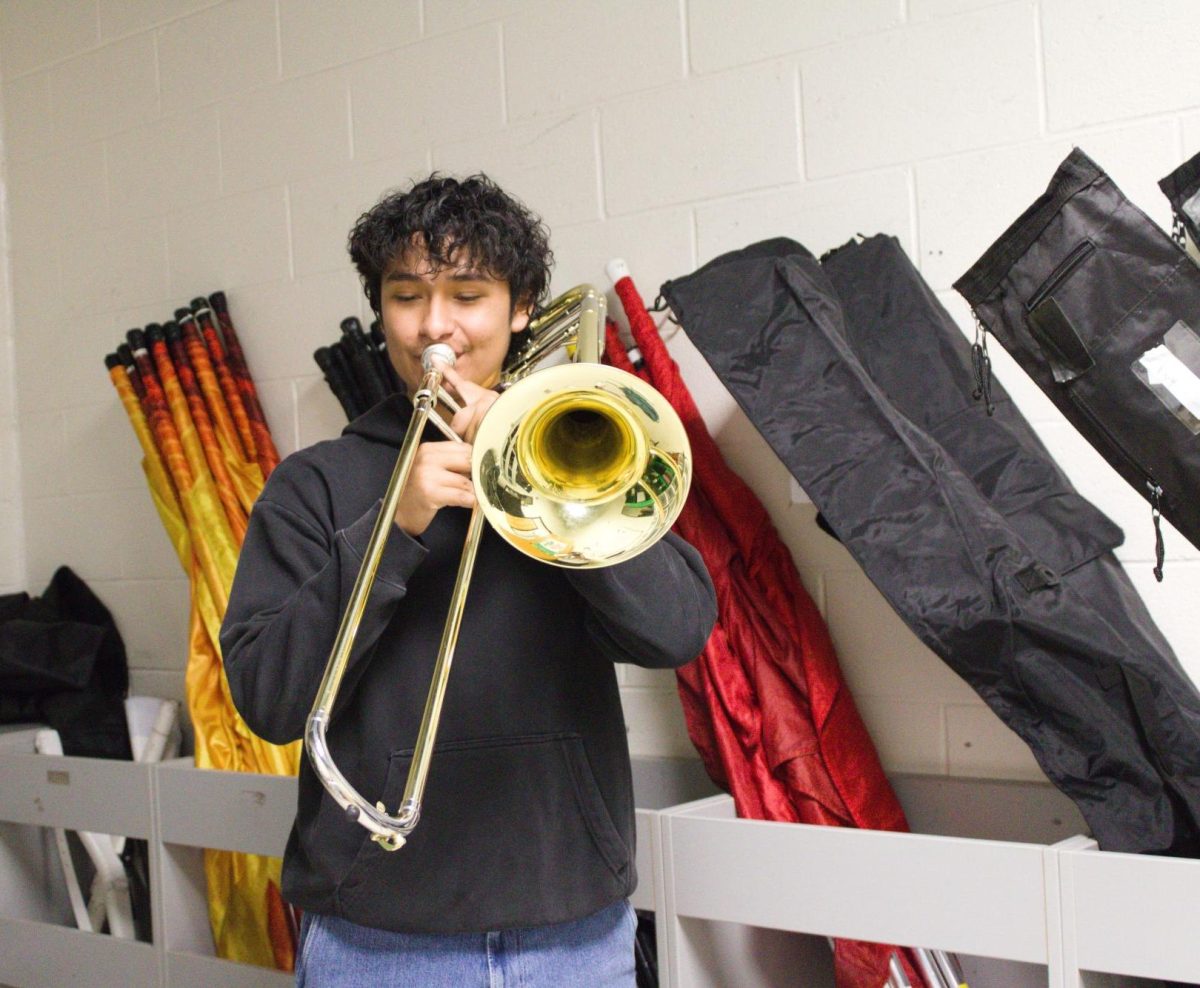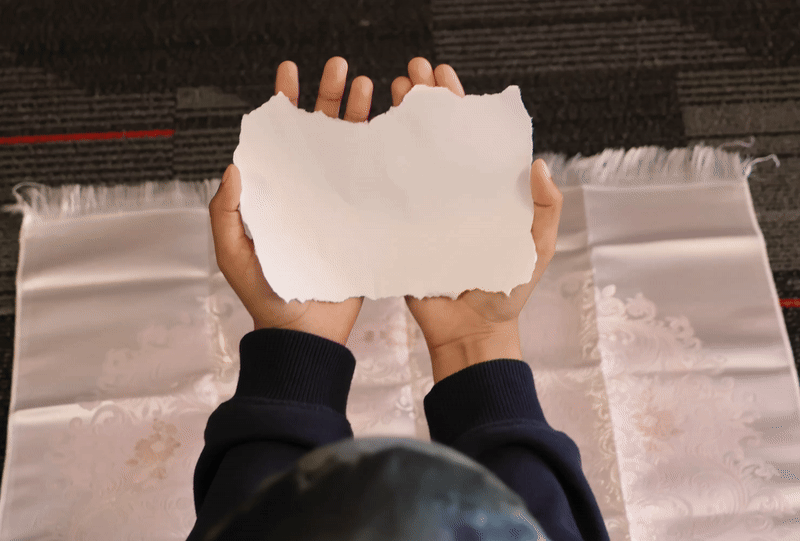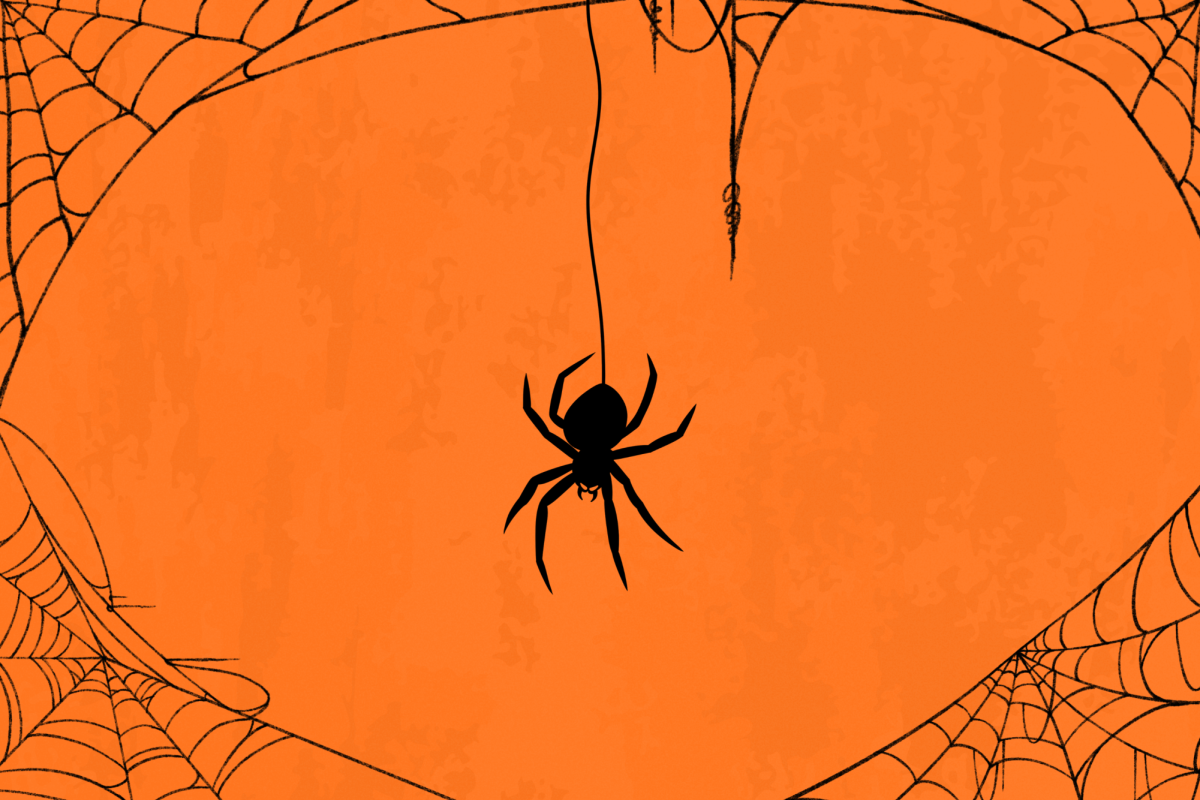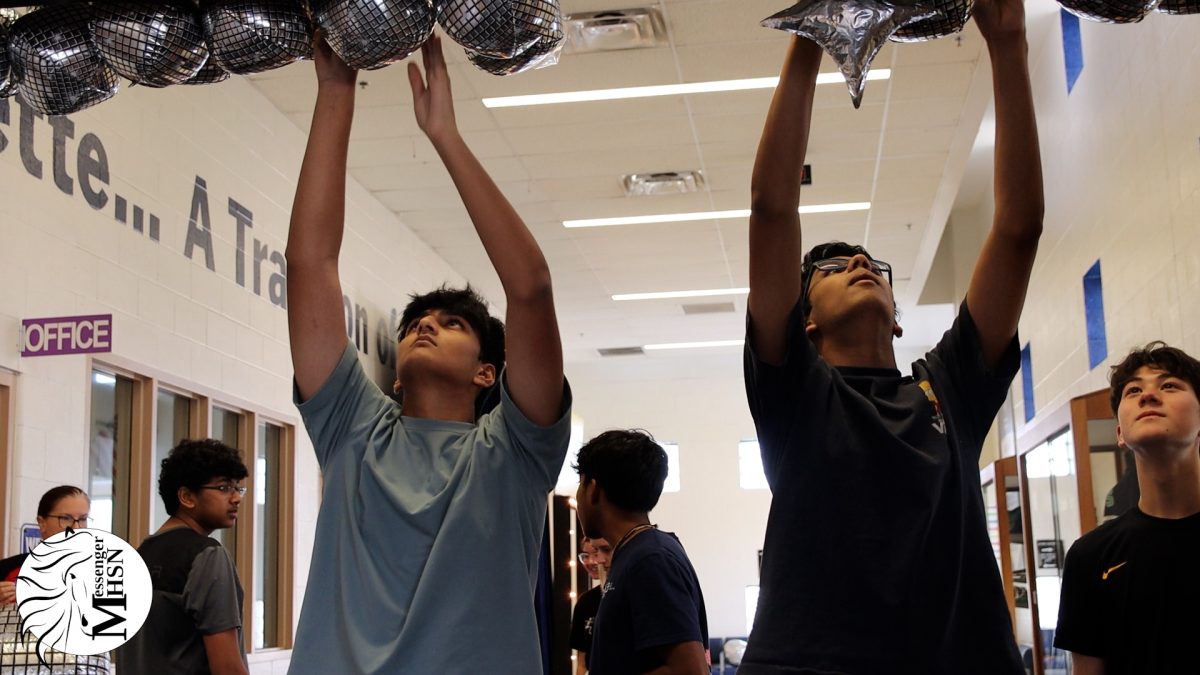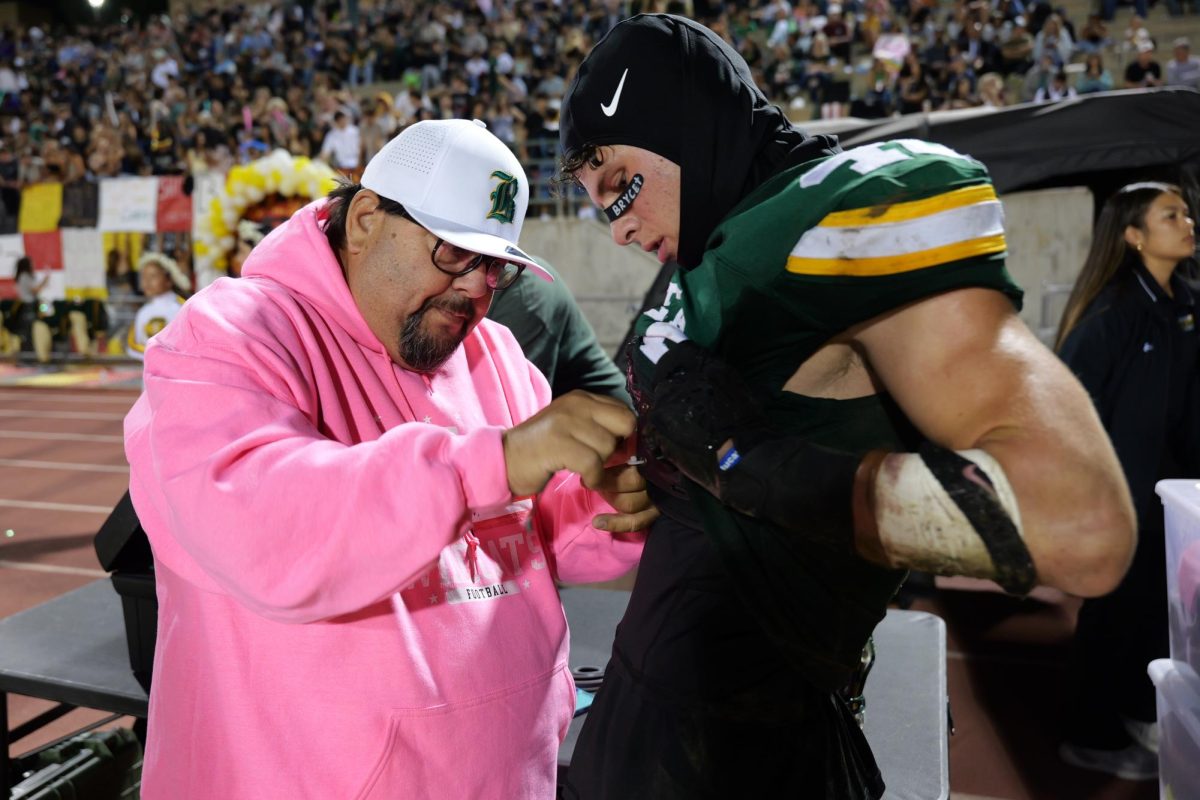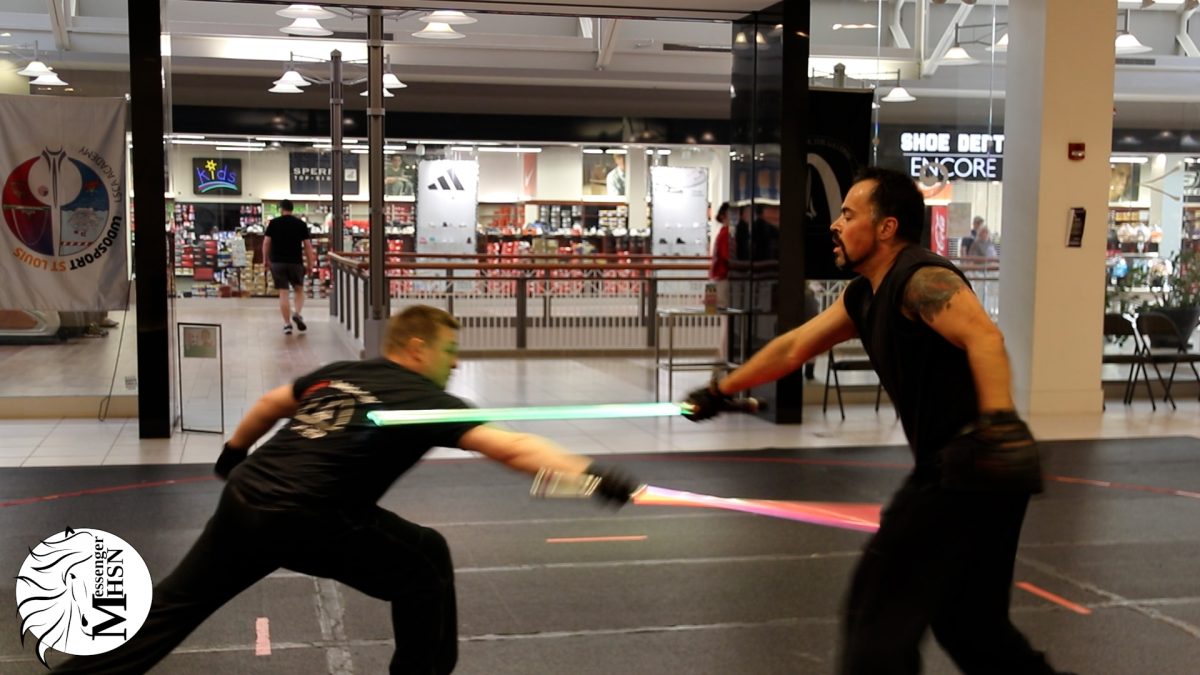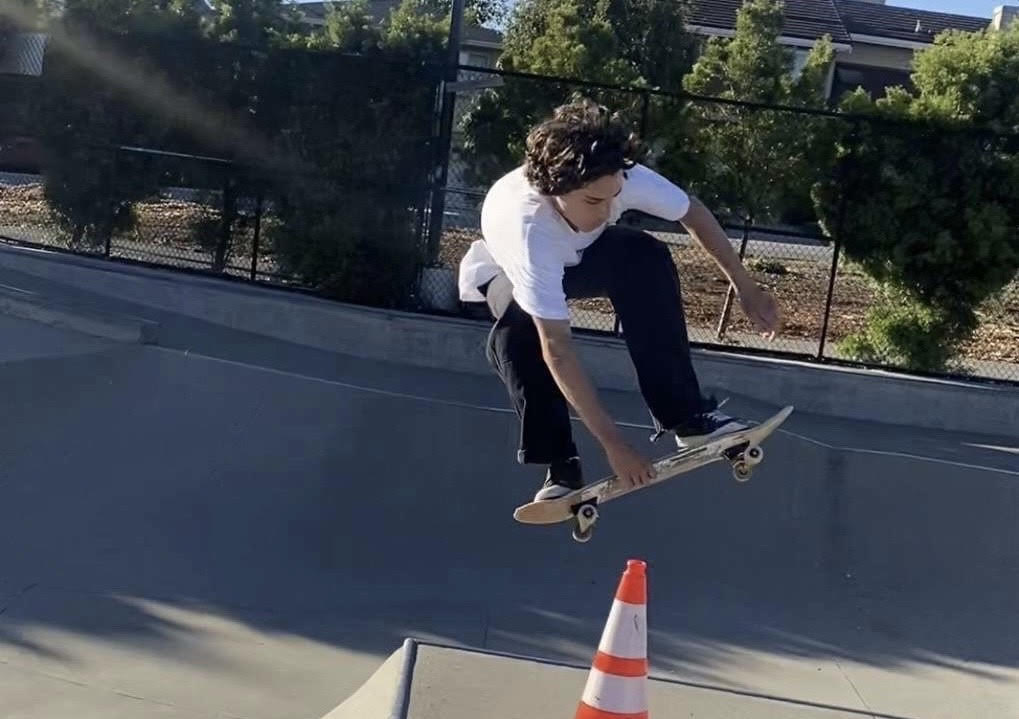The term “skater kid” often conjures images of a rebellious teenage boy clad in baggy jeans, skateboard tucked under one arm. Part of this stereotype holds some truth: many skateboarders wear similar clothing, hang out with like-minded friends, and perhaps even listen to the same music. But try asking anybody with first-hand experience in the sport, and you’ll quickly realize that skateboarding goes far beyond shallow stereotypes — in no way defining one’s entire identity.
“I get that a lot of skateboarders are guys and all fall into the same personality but it’s definitely not like that for everyone,” said sophomore Nikita Mardakhaev, who started skateboarding in middle school. “Most people do it just as a hobby. And for the way you dress, I only wear baggy clothes because it makes me more flexible and hurts a lot less when doing tricks.”
Whether it’s seen as a defining part of someone’s identity or is limited to a hobby, skateboarding is increasingly attracting public interest for a multitude of reasons. For one, skateboarding emphasizes creativity and aesthetics rather than victory and competition like its conventional sport counterparts.
“With skateboarding, especially on the street, you can be really creative with what you do,” Mardakhaev said. “It’s not really competitive either, because all you do is learn new tricks and have fun with your friends. That’s the nice part [about] it.”
Likewise, the sense of community cultivated through skateboarding is a factor that appeals to many of its participants. The essence of skateboarding lies in learning and performing tricks, which often involves practicing with others and naturally leads to forming friendships.
“I’ve met most of my friends from skateboarding, so I’m definitely grateful that I was able to gain that community,” freshman Niko Boyanov said. “It’s a great way to socialize because we spend a lot of time together and teach each other tricks.”
With its countless benefits, it’s no surprise that skateboarding has become such a popular pastime. At Burlingame, many students spend time at the Millbrae Skate Park and other skateboarding locations in San Francisco, Fremont and Milpitas. In a more national context, close to 9 million people in America participated in skateboarding in 2023 alone, according to Statista. Boyanov believes that much of this acclaim is attributed to social media platforms, which can be used to share skateboarding videos and display skills.
“[Skateboarding] really just spreads from one person to the other,” Boyanov said. “People see it online and think, ‘Oh that’s cool, I’m going to try it too,’ and then from there, it becomes something they do everyday.”
Despite its popularity, a significant amount of stigma revolves around the notion of skateboarding. In the public eye, the sport is often considered dangerous and destructive to public spaces. Consequently, skateboarders are tied to this negative connotation. More than once, Mardakhaev recalls entering a store and being eyed down — sometimes even followed — by workers who feared he would steal something.
“There’s some people that really get into skating just because they want to rebel and stuff. But I think the majority of kids are just seeing it as a way to express their style and have fun,” Mardakhaev said. “People should realize that we’re just a group of friends who like to do a certain thing together and we shouldn’t get stigma for that.”
While the stigma surrounding skateboarding may not be justified, the belief of an existing gender imbalance in the sport certainly is. Within the skating community, Fordham University claims that 77.1 percent are male, in contrast to the 23.9 percent that are female. Junior Billy Song, who was a devoted skateboarder in 8th grade and gradually gave up the hobby in high school, experienced this gender imbalance first-hand.
“My friends, who are all girls, and I would go [skateboarding] and all around us, it would just be all guys,” Song said. “It wasn’t too bad, though, because the guys were open to hanging out with us and so even though there was a gender minority, everyone was still part of that larger community.”
Some people, like Song, eventually leave skateboarding behind as a childhood hobby. Others continue doing it throughout high school, and some even embrace it as a lifelong passion. Regardless of how long, skateboarding invariably leaves a lasting impact.
“When I look back, [skateboarding] kind of defined those years in my life,” Song said. “That’s what I did with all of my freetime; go to the skateparks and hang out with my friends. Some people do it during high school too, not me, but it was definitely fun when I was doing it.”
This story was originally published on The Burlingame B on May 24, 2024.












